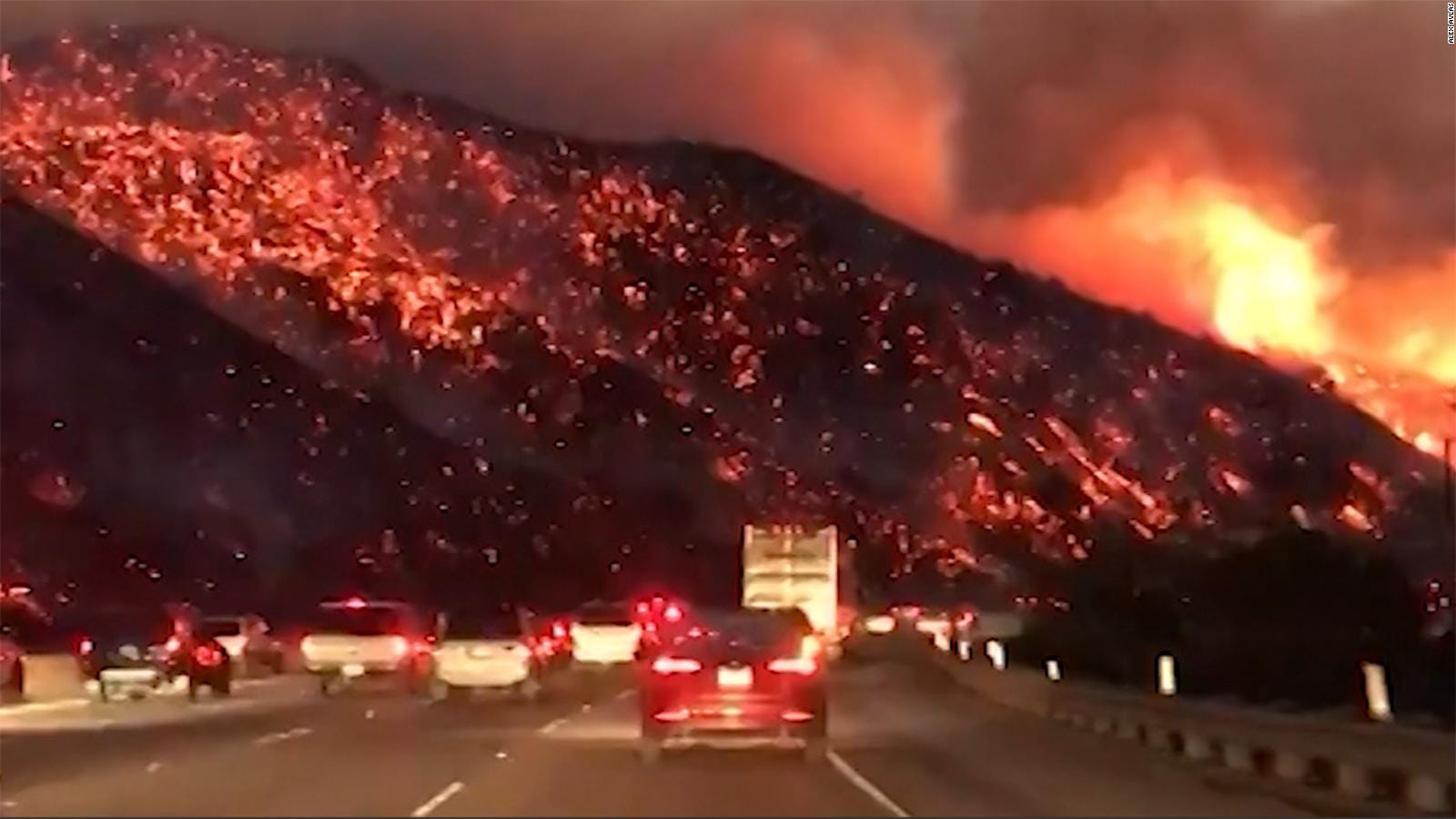The state of California is currently grappling with a series of devastating wildfires that have raised alarms across the nation. Governor Gavin Newsom has recently stated that these fires could become the most expensive disaster in U.S. history, a claim that underscores the severity of the situation. As flames consume vast areas of land, the implications for both the local economy and the environment are becoming increasingly dire.
The wildfires, which have been fueled by a combination of extreme weather conditions, including prolonged drought and high winds, have already led to the evacuation of thousands of residents. Communities that have been affected are facing not only the immediate threat of destruction but also the long-term consequences of displacement and loss of property. The governor’s remarks highlight the urgent need for resources and support to assist those impacted by the fires.
In addition to the human toll, the economic ramifications of the wildfires are significant. The cost of firefighting efforts, combined with the damage to homes, businesses, and infrastructure, is expected to reach unprecedented levels. Insurance claims are likely to surge, and the financial burden on both individuals and the state could be overwhelming. Governor Newsom has indicated that the state is already mobilizing resources to combat the fires, but the scale of the disaster may exceed previous estimates.
The environmental impact of the wildfires is also a critical concern. As forests and wildlife habitats are destroyed, the long-term effects on California’s ecosystems will be profound. The loss of vegetation not only contributes to soil erosion but also affects air quality and carbon emissions. The state has been at the forefront of climate change discussions, and the current wildfires serve as a stark reminder of the challenges posed by a changing climate.
In response to the escalating crisis, state officials are working closely with federal agencies to secure additional funding and resources. The Federal Emergency Management Agency (FEMA) has been activated to assist with disaster response efforts, and local agencies are coordinating evacuation plans and emergency services. The collaboration between state and federal entities is crucial in addressing the immediate needs of affected communities.
As the wildfires continue to rage, the governor has called for increased public awareness and preparedness. Residents in fire-prone areas are urged to have emergency plans in place and to stay informed about evacuation routes and safety measures. The state is also emphasizing the importance of community resilience in the face of such disasters, encouraging neighbors to support one another during these challenging times.
Looking ahead, the long-term recovery process will require significant investment and planning. Rebuilding efforts will not only focus on restoring homes and businesses but also on enhancing infrastructure to better withstand future disasters. The governor has indicated that lessons learned from this crisis will inform future policies and strategies aimed at mitigating the impact of wildfires.
In conclusion, the wildfires currently sweeping through California represent a significant challenge for the state and the nation as a whole. With the potential to become the costliest disaster in U.S. history, the implications of these fires extend far beyond immediate destruction. As communities come together to face this crisis, the need for comprehensive support and strategic planning will be paramount in ensuring a resilient recovery.



